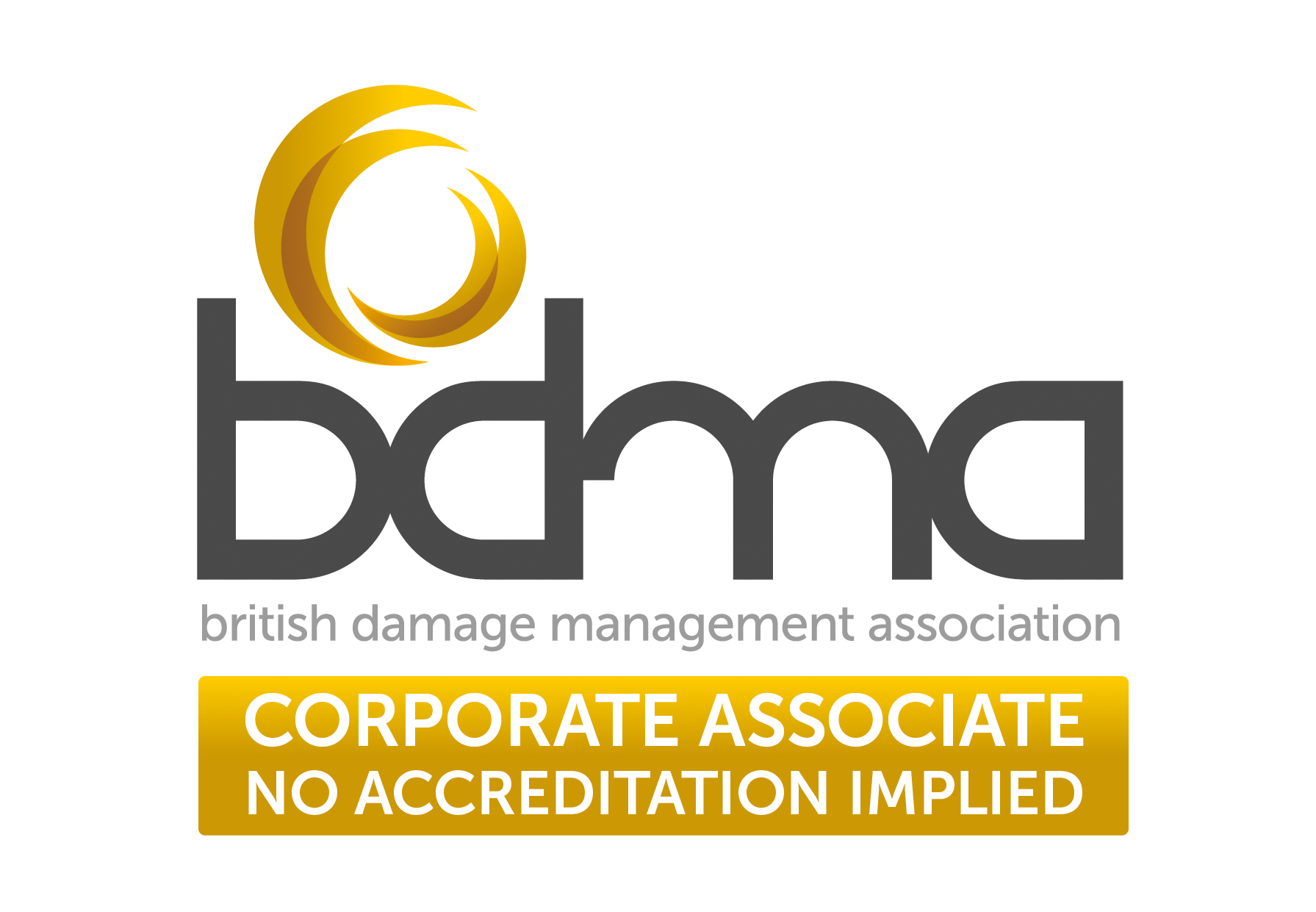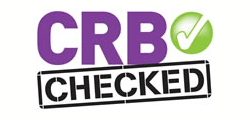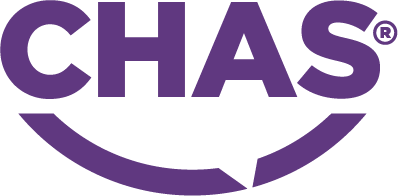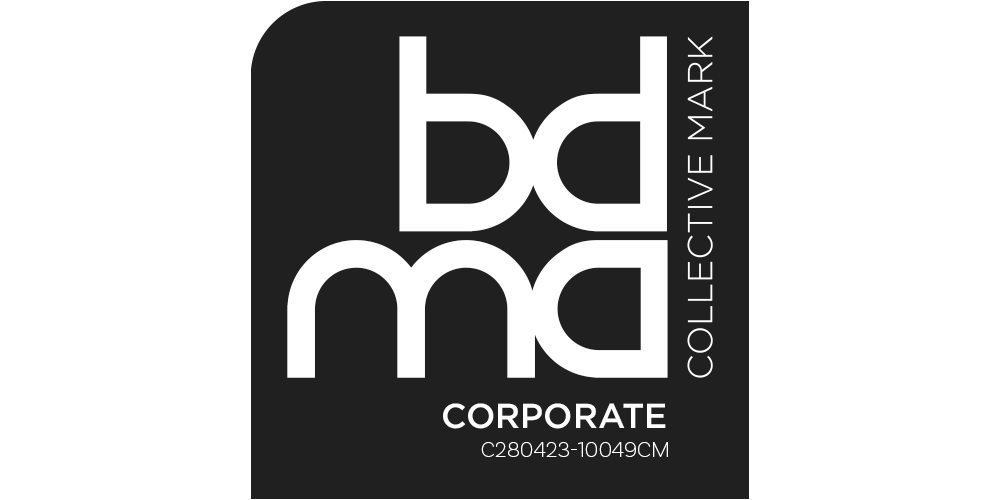In this article we’ll find out what sewage is and what happens to it once it leaves our homes and businesses. We will discover how sometimes the process doesn’t flow as it should, leading to sewage back ups. We will also learn how to reduce the chances of this happening to you and how to spot signs that there is a problem.
What is in sewage water?
Sewage is wastewater and human waste that comes from homes, businesses and factories. Every time water leaves your building, whether it is flushed away, goes down the plug hole or drains from appliances, it enters the sewage system. This is a network of underground pipes which take the wastewater, now referred to as sewage, to treatment plants.
Rainwater that runs off the roofs of buildings and along roads and down drains, also enters the sewage system.
Why is sewage harmful?
Sewage water can be incredibly harmful to humans, animals and the environment.
It contains harmful microorganisms. Human waste is most harmful as it contains bacteria, viruses and parasites.
Even that nasty sewer smell is harmful as it is made up of toxic gases such as methane, ammonia and hydrogen sulfide.
Exposure to sewage can cause fever, cramps, diarrhea, vomiting, nausea and headaches. It can also cause eye and skin irritation. Prolonged exposure can cause difficulty breathing and in some cases even death.
Rainwater that runs off the roads and down drains can also be harmful, as it picks up oil and other dangerous contaminants along the way.
Where does the sewage go?
Firstly, large solids, including items which shouldn’t be in the sewage system need to be removed. Common items found are napplies, plastic bags and sanitary products.
There have been many other surprising items which have been found such as jewellery, toys and false teeth. Thames Water has confirmed that items being put down drains which shouldn’t be, cause 65,000 blockages a year.
Once all of the large items are removed, the water is pumped into sedimentation tanks where much of the solid waste sinks to the bottom, forming a layer of sludge.
The sludge can then be put into a digester. Digesters process the waste to produce electricity and heat and the remaining liquid ‘digestate’ can be used as fertiliser by farmers.
The water is then treated to remove harmful substances.
The water has almost finished it’s treatment. It now enters the last stage where it is pumped into settlement tanks, where the waste particles fall to the bottom. The water the remains, called ‘effluent’, is now safe to be released into rivers and the sea.
If the environment that the water is being released into is sensitive, then the water will go through further treatment to ensure it is suitable for that particular environment.
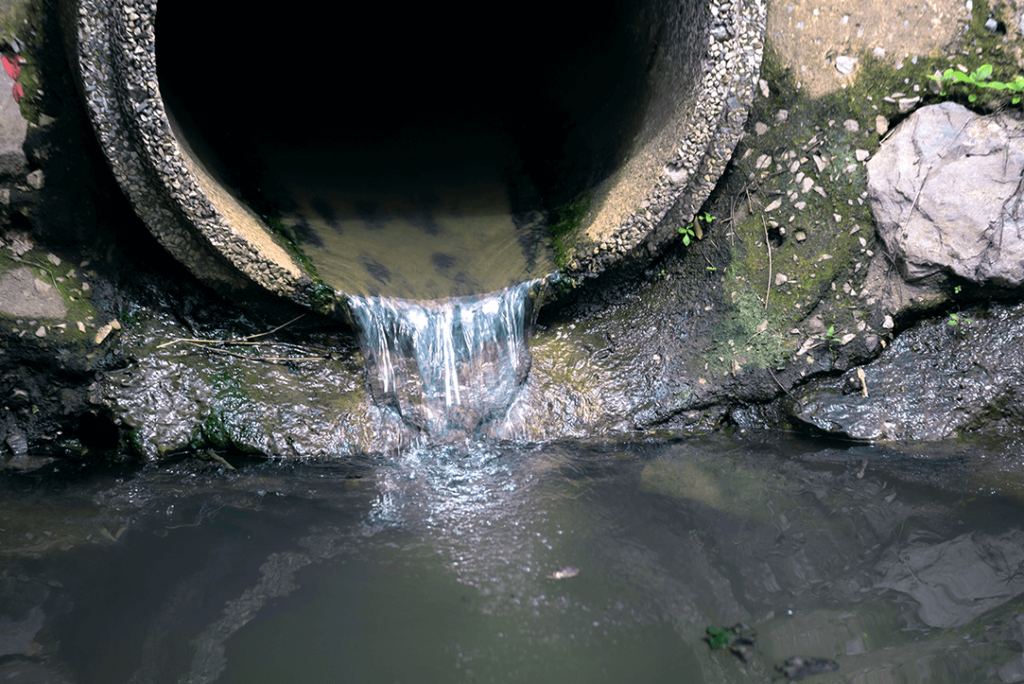
However, sometimes this process doesn’t go to plan…
When you flush the toilet or drain water away from your home you expect it to keep on going until it reaches the treatment plant. Unfortunately, there are a number of reasons why drains can become broken or blocked which can result in the sewage water backing up into buildings or gardens.
The most common causes are tree roots growing in and around the pipes, faulty plumbing, large volumes of water entering the system quickly and blocked drains and pipes. Drains and pipes can get blocked for a number of reasons. Some of which have been explored in this article, other common causes of blocked pipes are food, cooking fats, grease and hair.
To find out more about the reasons behind blockages, see our blog post: Common Causes of Home Sewage Back Ups.
If you discover a sewage backup in your home or business, it is important to call in a professional who can carry out a Sewage Cleanup Service to deal with it, to ensure it is remediated correctly, safely and also to prevent any secondary damage.
There are ways in which you can help prevent a sewage backup in your home and also signs that you can look out for that may indicate there is an issue which could potentially lead to a sewage backup.
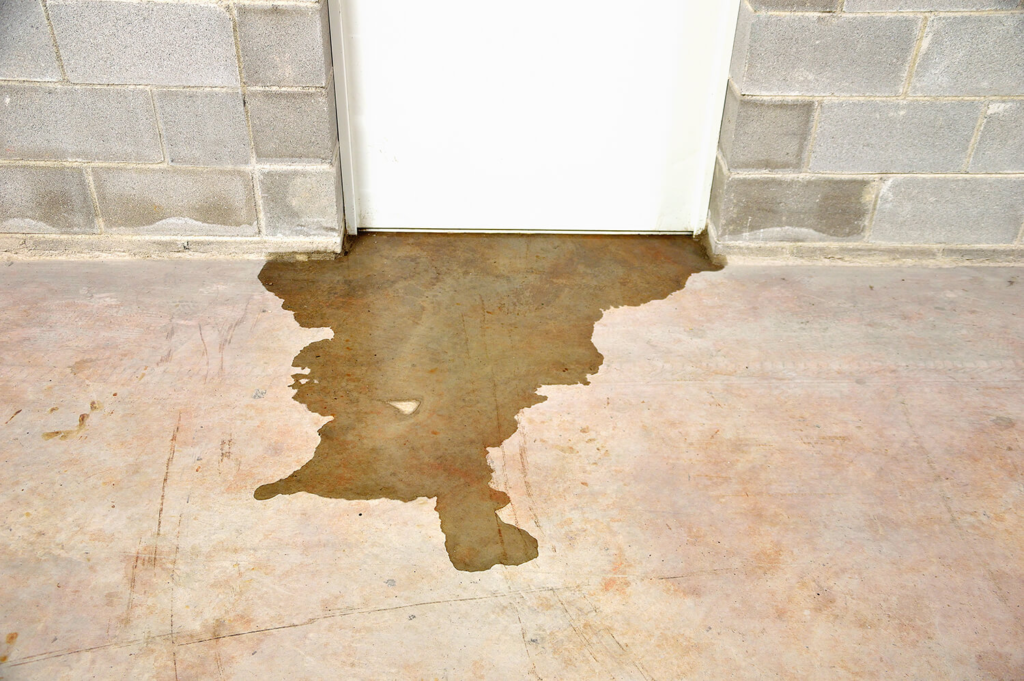
How to help prevent a sewage backup
I think it’s safe to say that flushing toys, jewellery or false teeth is never a good idea. However, there are more common reasons why pipes can become blocked. If you have ever been tempted to pour cooking fats or grease down the sink, stop and think about what will happen when that fat cools. It will solidify and potentially block or partially block your drains.
Make sure everyone within your home or building is aware that paper towels, nappies, sanitary products etc must not be flushed - you often see signs in public toilets reminding people not to flush those items. You can also buy sink hole covers to catch hair before it is washed down the drain.
Signs there may be an issue
There are signs that can indicate a problem with the sewage water flowing through the pipes.
If you notice bubbling drains or if there are any nasty smells near your drain, then it’s worth getting them checked by a professional. Before they become a bigger issue.
Basement Flooding
Being the lowest point of home means basements are prone to flooding for many different reasons. It is quite common for bathrooms and toilets to be situated within a basement of a property, which means the chances of the basement flood water being contaminated with sewage are significantly increased.
There are measures you can put in place to prevent sewage backing up into a basement such as a backwater prevention valve, this allows the water to go out but prevents it from coming back in again. You can also waterproof your basement. Tanking is an option, this is where you create a ‘tank like’ seal around your basement to prevent water from penetrating through to your basement.
If you have any questions or concerns regarding a sewage backup or basement flooding in your home or business, call the Flood Doctor today for advice.

